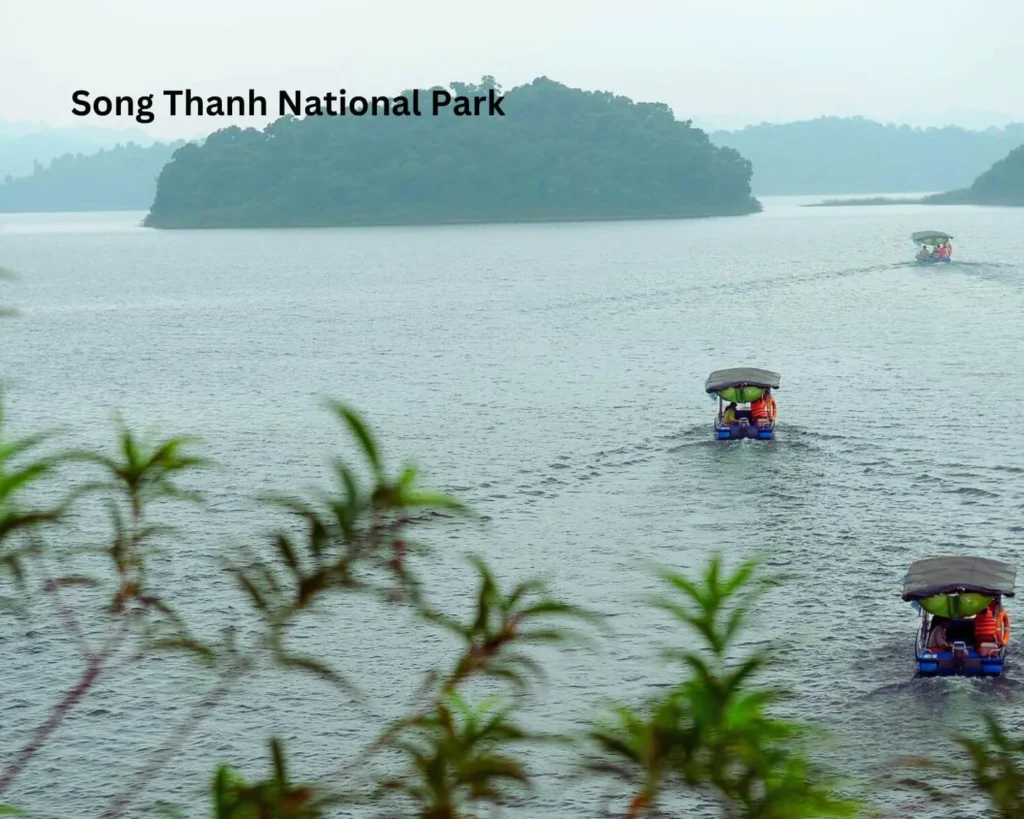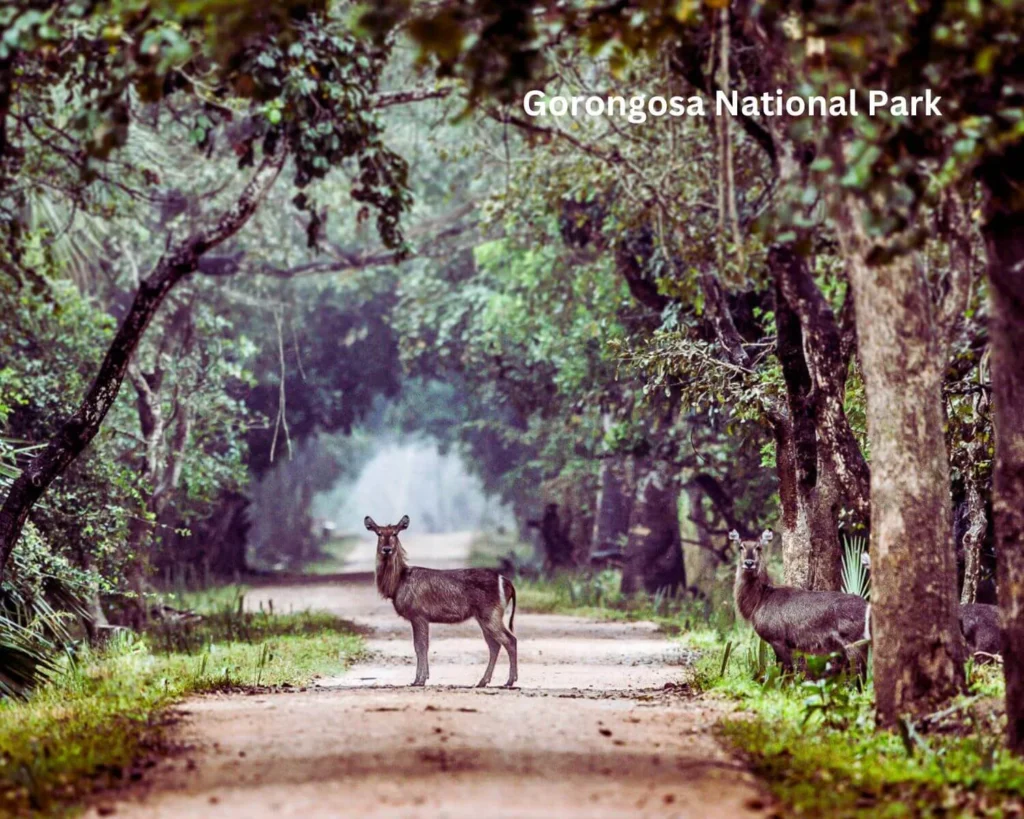Introduction
How USAID affects national parks is a topic of growing concern in conservation efforts worldwide. The agency has played a pivotal role in preserving ecosystems, funding local economies, and protecting endangered species. From restoring coral reefs in the Seychelles to funding tiger conservation programs in Bangladesh, USAID has significantly impacted global biodiversity. Over the years, USAID has worked in collaboration with local and international conservation groups to create and enforce policies that sustain protected areas. However, recent budget cuts and policy shifts threaten these efforts, raising critical questions about the future of conservation funding. The loss of financial support could severely impact biodiversity, undoing decades of progress in ecological preservation.
Why USAID’s Role in Conservation Matters
National parks serve as economic and environmental pillars for many countries. Their benefits extend beyond wildlife protection:
- Economic Growth: Ecotourism generates jobs and sustains local economies, boosting revenue streams for many developing nations.
- Biodiversity Protection: Parks help protect endangered species and fragile ecosystems, maintaining essential ecological balance.
- Community Development: Conservation programs often fund local schools, health services, and infrastructure, ensuring sustainable livelihoods for nearby communities.
- Cultural Preservation: Many national parks safeguard indigenous lands, protecting ancestral traditions and knowledge systems.
USAID’s funding has been instrumental in establishing and maintaining national parks, ensuring both environmental and economic sustainability. By providing financial and logistical support, the agency strengthens global efforts to protect vital ecosystems, promoting a long-term vision for conservation and responsible tourism.
USAID’s Global Conservation Efforts
1. Colombia’s Ecotourism Revolution
In Colombia, the Destination Nature Activity program promotes sustainable tourism in six key regions, transforming former conflict zones into thriving ecotourism destinations. The five-year, $40 million USAID-backed program supports local infrastructure, training former guerrilla fighters as guides for activities such as:
- Hiking to Ciudad Perdida, an ancient archaeological site older than Machu Picchu.
- Rafting through lush, remote landscapes, offering an adventure tourism experience that draws visitors from across the globe.
- Birdwatching in biodiversity-rich regions, showcasing Colombia’s remarkable avian diversity.
In 2023, Colombia saw a record-breaking 25% increase in tourism, with over a quarter of visitors coming from the U.S. This initiative not only enhances conservation but also fosters social reintegration and economic stability in once-troubled regions, proving the transformative power of sustainable tourism.
2. Vietnam and Southeast Asia’s Protected Areas

USAID played a crucial role in establishing Song Thanh National Park in Vietnam and funding marine conservation areas in Papua New Guinea and the Seychelles. These projects focus on:
- Coral reef restoration to combat climate change effects, reversing damage from pollution and rising sea temperatures.
- Protecting marine biodiversity from overfishing and habitat destruction, ensuring long-term sustainability of aquatic ecosystems.
- Training local communities in sustainable conservation practices, empowering them to act as stewards of their natural environments.
- Reducing plastic pollution by funding initiatives that educate and engage local populations in waste management programs.
Through its extensive work in Southeast Asia, USAID has contributed to the preservation of some of the world’s most threatened marine and forest habitats, reinforcing the interconnectedness of conservation and sustainable development.
3. Gorongosa National Park: A Post-War Success Story

Mozambique’s Gorongosa National Park was devastated by a 16-year civil war, which wiped out over 95% of its large mammals. USAID provided funding to restore:
- Wildlife populations, including elephants, lions, and leopards, revitalizing the park’s ecological dynamics.
- Park infrastructure, boosting tourism and employment, making Gorongosa a model for post-war ecological recovery.
- Local youth education and health programs, providing long-term benefits to the community while fostering conservation awareness among future generations.
- Anti-poaching operations, equipping rangers with training and technology to curb illegal wildlife trafficking.
In 2023, USAID trained nearly 470 rangers and provided veterinary care for wildlife, ensuring the park’s sustainability. This investment has not only restored biodiversity but has also helped stabilize local communities by creating employment opportunities and improving overall living conditions.
The Threat of USAID Budget Cuts
Recent discussions about defunding USAID could jeopardize these conservation efforts. The potential consequences include:
- Loss of protected areas, increasing threats to endangered species and vital ecosystems.
- Economic downturns in communities reliant on ecotourism, pushing local populations toward unsustainable livelihoods.
- Increased illegal activities, such as poaching and deforestation, exacerbating the threats to already fragile ecosystems.
- Reduced climate resilience, as deforestation and habitat loss make regions more vulnerable to climate change effects such as flooding and drought.
Experts warn that losing USAID would not only harm conservation efforts but also destabilize local economies, making communities more vulnerable to external threats like illegal trafficking and terrorism. Without sufficient funding, many conservation programs will struggle to continue, risking the reversal of hard-earned gains in biodiversity preservation and sustainable development.
Conclusion: The Future of Conservation Funding
USAID has played a pivotal role in global conservation, from funding national parks to protecting endangered species. As discussions continue around its future, it’s crucial to recognize the broader impact of conservation funding. Ensuring continued support for these programs will safeguard ecosystems, local economies, and biodiversity for generations to come. Additionally, international collaboration and alternative funding sources, such as private sector partnerships and ecotourism revenue-sharing models, could help mitigate potential losses in USAID funding.
A commitment to long-term conservation efforts will be essential in addressing emerging environmental challenges. The global community must advocate for sustainable funding solutions to maintain progress in protecting the planet’s natural heritage.


